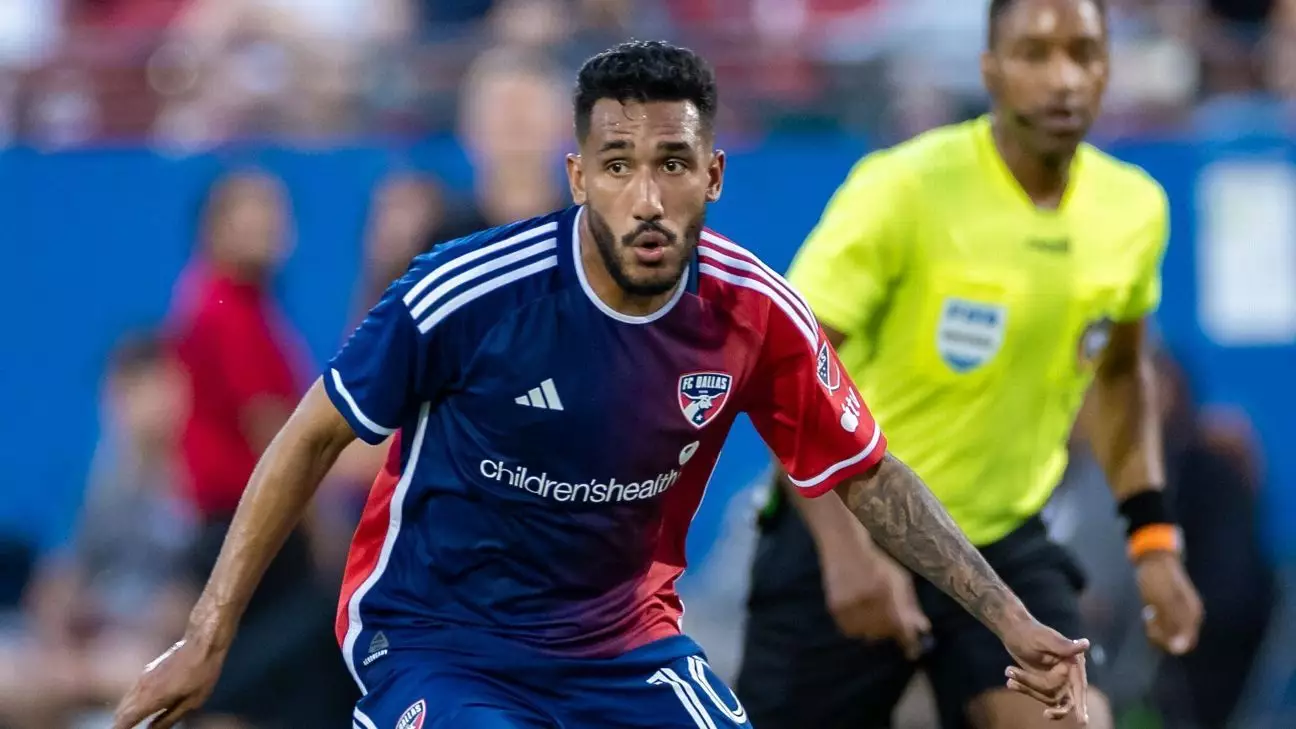As the U.S. men’s national soccer team gears up for a pair of friendlies against Venezuela and Costa Rica, excitement is in the air. Managed by Mauricio Pochettino, this 24-player roster is a blend of seasoned veterans and new talent, aiming to bolster depth and foster competitiveness ahead of the upcoming Concacaf Nations League finals in March. With the first match scheduled on January 18 in Ft. Lauderdale, Florida, and the second set for January 22 in Orlando, both games are essential for player evaluation and strategy formulation.
Veteran Influence and Emerging Talent
The roster features prominent names like Jesús Ferreira, Tim Ream, and Walker Zimmerman, all of whom bring a wealth of experience to the squad. Ream, in particular, represents a significant presence, having spent most of his career playing abroad. Interestingly, this will be his first January camp appearance since 2011, shedding light on the transitional dynamics of the national team over the years. As the seasoned contingent prepares to mentor the next generation, there is considerable anticipation around the seven players earning their first call-up.
Among these newcomers is Patrick Agyemang from Charlotte FC and Max Arfsten from Columbus Crew, who symbolize the fresh wave of talent that Major League Soccer (MLS) is nurturing. For many players, this camp serves as a critical opportunity to leave an impression on Pochettino and his coaching staff. The competition for spots on the national team is fierce, and performance in these friendlies could sway the technical staff’s decisions ahead of crucial competitive fixtures.
Matko Miljevic stands out as the most intriguing addition to this roster. His history is marked with controversy, from allegedly playing for an amateur team under an alias to being released by CF Montreal for behavioral issues. Despite these challenges, the talent he possesses is undeniable, raising questions about his discipline and readiness to contribute to the national team. His story emphasizes the complexities of talent management in professional sports and the rigorous scrutiny athletes face on and off the pitch.
Additionally, the inclusion of Diego Luna, last year’s MLS Young Player of the Year, injects youthful exuberance into the squad. Known for his exceptional skills at Real Salt Lake, Luna’s performance will be watched closely as he has the potential to become a future cornerstone for the USMNT. As players begin to report for camp on January 7, the coaching staff will be intently observing how these dynamics unfold.
Competing against Venezuela poses its own challenges, especially considering their recent successes, which include a strong showing in the Copa América and commendable performances during World Cup qualifying. The U.S. team has historically held a favorable record with a 3W-1L-2D edge in their encounters. Nevertheless, it’s important to remember that the most recent match resulted in a sobering 3-0 defeat for the U.S. in June 2019. Such past encounters will undoubtedly serve as a motivating factor for the squad.
On the other hand, Costa Rica presents a formidable challenge as well, with the U.S. holding only a slim lead in their overall record—19 wins to 17 losses alongside 6 draws. This series has become increasingly competitive, with the most recent meeting ending in a 2-0 defeat for the U.S. in March 2022. Both matches in January will not only serve as opportunities for individual players to shine but also as tests for the team’s collective resilience and adaptability against tough opponents.
Pochettino has emphasized that the MLS is pivotal to the national team’s future. With a majority of the roster coming from domestic clubs, he seeks to establish a unified tactical approach that reflects the team’s identity and depth. The upcoming friendly matches play a crucial role in assessing player compatibility and testing various strategies that may define the team’s immediate future.
As these friendlies approach, anticipation builds within the fanbase and among the players. With a mixture of seasoned veterans ready to lead and a fresh influx of talent seeking to make their mark, this is a pivotal moment for the USMNT. How these matches translate into successful strategies come March against Panama in the Concacaf Nations League finals will be an interesting storyline to follow in the development of U.S. soccer on the international stage.

Leave a Reply